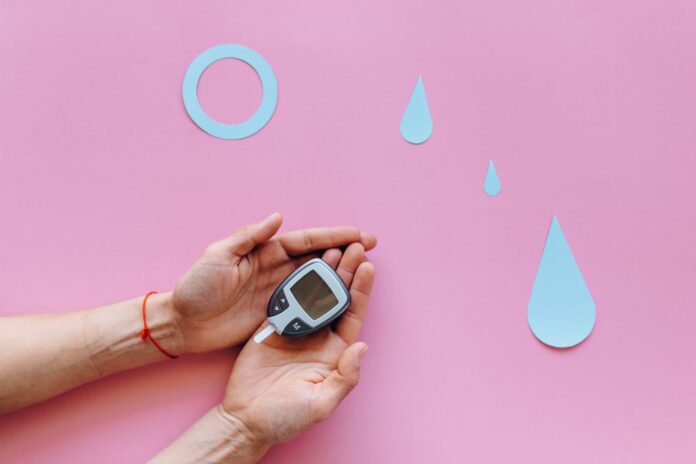Diabetes, affecting individuals worldwide across age groups, in advanced cases requires frequent insulin injections, posing discomfort and inconvenience in their regular administration. Research attempts are going on to create a painless and comfortable method of administering insulin. In a notable breakthrough, NiedlFree has progressed towards insulin administration, ensuring not just painlessness but also with comfort and convenience via oral or nasal spray methods.
Assisted by Dr. Vaishali Naik, endocrinologist, The Indian Practitioner interacted with Dr. K Koteshwar Rao, Chairman and Managing Director of Transgene Biotek Ltd., and a Board Member of NiedlFree Technologies Pvt Ltd, for insights into the specifics of the Oral Spray. His responses are reproduced here.
The Indian Practitioner (TIP): What is the bioavailability of Insulin in nasal and oral route compared to injections?
Dr. KR: Based on recent Canine Insulin study data, it was reported that the relative bio-availabilities of insulin were 77.39% for the Nasal formulation and 91.48% for the Oral formulation when compared to the Subcutaneous (SC) injection route.
TIP: What are the side effects of the Oral Spray?
Dr. KR: In various studies conducted so far on different animal models, no side effects of any sort have been reported so far. Likewise, no mortalities of animals have been reported.
TIP: How long does it take to get into the bloodstream and for the onset of action?
Dr. KR: For Insulin to reach peak levels in blood (Tmax), it has been reported as 20 minutes in SC route as against 30 minutes in case of Nasal Insulin and 1 hr in case of Oral Insulin.
Onset of blood glucose reduction is reported to have started at 20 miutes in case of SC route and 20 minute time point in case of Intra-Nasal delivery as against 30 minutes in case of Oral.
TIP: How many doses should a patient take in a day and is it to be taken with, before, or after food intake?
Dr. KR: The dosing regime of Insulin depends upon the patient’s glycaemic state and as per the doctor’s prescription with due consideration given to his blood glucose levels at different time points and their variability apart from his HbA1c levels.
Timing of Insulin oral spray administration will be similar to SC route and in any case, it will all depend upon the concerned doctor’s advice.
TIP: How many insulin units does each spray contain?
Dr. KR: Our sprays are planned to come in two different formats, discharging Insulin equivalent to 5 IU and 10 IU of SC route.
TIP: What are the long-term systemic side effects and local side effects on the oral or buccal mucosa?
Dr. KR: As stated above, no side effects of any sort have been reported so far. However being a novel formulation, we continue to monitor and observe for any side effects to appear on both local and systemic side effects.
TIP: When does the patient have to check their sugar levels after taking the spray?
Dr. KR: Kindly note that our formulations have not been tested on humans yet. We conducted studies on various animal models including the Canines.
TIP: Please tell us about its efficacy compared to injected insulin?
Dr. KR: Since Insulin has been tested and used for several decades establishing its utility, our aim is only to make oral or nasal Insulin delivery as equivalent to that of injectable Insulin. However, one critical observation reported is the sustained reduction of blood glucose levels longer than that observed in sub-cutaneous injection. Thus, our Insulin spray translates into a much preferable choice in the management of diabetes.
TIP: What would be the approximate cost of the oral spray?
Dr. KR: Though we have not come to a stage of commercial launch yet, the cost of our Oral spray will likely be comparable to that of injectable Insulin.
TIP: How is it to be stored?
Dr. KR: The storage of our Oral Insulin will be similar to Insulin injections stored in the normal home fridge at 2-8 degree Celsius.

























